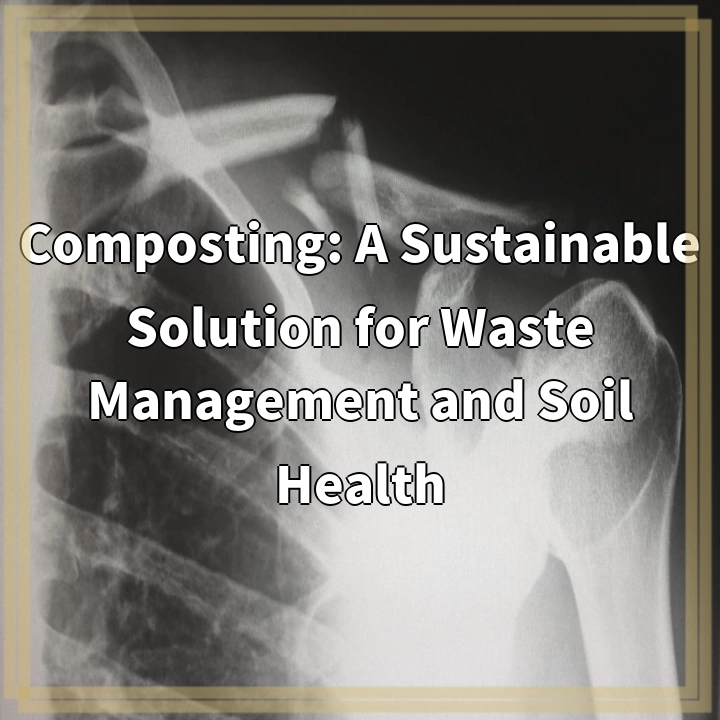
What it is:
Carbon sequestration is the process of capturing and storing atmospheric carbon dioxide (CO2) to mitigate climate change and reduce global warming. This technique plays a crucial role in achieving carbon neutrality by preventing CO2 from entering the atmosphere. There are various methods of carbon sequestration, which can be broadly categorized into two types: biological and technological.
Biological carbon sequestration involves natural processes such as photosynthesis, where plants absorb CO2 during their growth. Forests, wetlands, and grasslands serve as significant carbon sinks, storing carbon in vegetation and soil. Technological carbon sequestration, on the other hand, includes methods like carbon capture and storage (CCS), where CO2 emissions from industrial processes are captured and stored underground in geological formations.
Real-World Problems
Despite its potential benefits, carbon sequestration faces numerous real-world challenges that can hinder its effectiveness and widespread adoption.
Limited Awareness and Understanding
A significant barrier to effective carbon sequestration is the lack of awareness and understanding among the general public and stakeholders. Many people are not sufficiently informed about the importance of carbon sequestration, which can lead to misconceptions and hesitancy in supporting relevant initiatives.
Technical and Economic Challenges
The implementation of carbon sequestration technologies can be technically complex and economically burdensome. The costs associated with capturing, transporting, and storing CO2 can be prohibitively high, particularly for smaller companies and industries. This financial barrier may deter investment in large-scale carbon sequestration projects.
Environmental Concerns
There are also environmental concerns regarding carbon sequestration, especially in the context of geological storage. Potential risks include the leakage of stored CO2, which could negate the benefits of sequestration and pose a threat to local ecosystems. Additionally, creating large-scale bioenergy plantations for biological sequestration may impact biodiversity and land use patterns.
Regulatory and Policy Barriers
The lack of comprehensive regulatory frameworks and supportive policies can hamper the development of carbon sequestration projects. Governments must create clear guidelines and incentives to foster research, development, and deployment of carbon capture technologies and practices.
Equity and Accessibility Issues
While carbon sequestration can contribute to climate sustainability, it may exacerbate existing environmental justice issues. Communities that are already marginalized could disproportionately bear the risks associated with CCS projects or the large-scale implementation of bioenergy crops, leading to further inequities.
Tackling these real-world problems is essential to fully harness the potential of carbon sequestration as a tool against climate change. By addressing technical, economic, environmental, regulatory, and social challenges, we can work towards more effective and equitable solutions in the struggle to reduce atmospheric CO2 levels.

Solutions to Enhance Carbon Sequestration Effectiveness
Increasing Awareness and Education
Enhancing public awareness and understanding of carbon sequestration is crucial for its acceptance and implementation. Educational campaigns can inform communities, stakeholders, and industries about the significance of carbon capture methods and encourage their participation in related initiatives.
Reducing Technical and Economic Barriers
To overcome the financial and technical challenges associated with carbon sequestration, governments and private sectors can invest in research and development. Subsidies, grants, and tax incentives can help lower the costs for implementing carbon capture technologies and make them more accessible for various industries.
Addressing Environmental Risks
Comprehensive assessments and monitoring programs should be established to address potential environmental risks linked to carbon storage. Developing robust safety protocols and transparent monitoring systems can help mitigate concerns regarding CO2 leakage and ensure the integrity of geological formations.
Formulating Supportive Policies
Governments must create clear policies and regulatory frameworks that support the development of carbon sequestration projects. This includes establishing guidelines for best practices, funding opportunities, and collaboration across sectors to facilitate innovation and implementation.
Fostering Equity and Inclusivity
To ensure that carbon sequestration initiatives are equitable, it is important to engage marginalized communities in the planning and decision-making processes. By incorporating their voices and addressing their concerns, we can facilitate fair access to opportunities and resources related to carbon capture projects.
By implementing these solutions, we can significantly enhance the effectiveness and sustainability of carbon sequestration efforts, ultimately contributing to a more viable approach to combat climate change.















